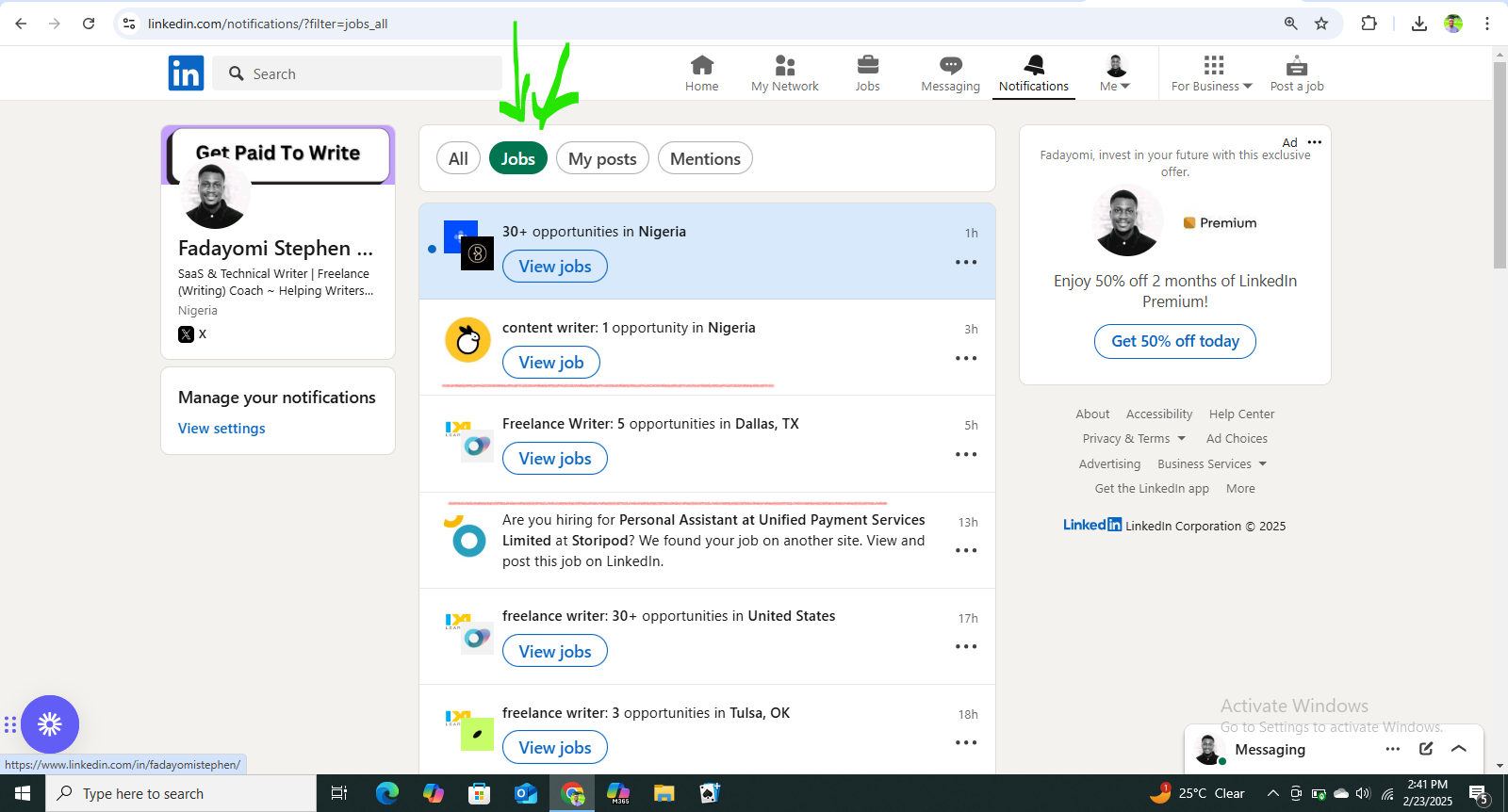
How To Build a Ghostwriting Portfolio From Scratch In 2025(Without Experience)

Introduction
Just imagine getting paid to write without your name attached to the work. That’s ghostwriting.
It is one of the most lucrative writing fields in 2025.
But how do you convince clients to trust you when you don’t have published samples under your name?
The answer to this is having a well-structured ghostwriting portfolio.
Your portfolio proves your skills, even if you’ve never had a ghostwriting gig before.
This guide will show you exactly how to build one from scratch, what to include, where to showcase it, and how to attract high-paying clients.
What You’ll Learn:
- The basics of ghostwriting and why it's profitable in 2025
- How to create ghostwriting samples (even without real clients)
- Where to showcase your portfolio
- How to structure your portfolio to attract clients
- SEO tips to make your portfolio discoverable online
- FAQs to help you navigate challenges
What is Ghostwriting & Why is It in Demand?

Ghostwriting is when you write content for someone else, but they take the credit. You might be hired to write:
- Books
- Blog posts
- Social media content
- Speeches
- Emails
- Articles
- Scripts
Why Ghostwriting is Profitable in 2025
With the rise of personal branding, more people and businesses need content under their name. That’s why they hire ghostwriters. Plus, ghostwriting pays well—many clients are willing to pay a premium for confidentiality.
Some of the best-selling books and viral social media posts were ghostwritten!
How To Build a Ghostwriting Portfolio
Step 1: Pick Your Ghostwriting Niche
You don’t need to write everything. Choosing a niche helps you stand out and attract better-paying clients.
Popular Ghostwriting Niches in 2025
- Books & Memoirs – High-paying but time-intensive
- Thought Leadership Articles – CEOs and experts need blog posts
- Social Media Content – Twitter threads, LinkedIn posts, Instagram captions
- Emails & Newsletters – Businesses rely on email marketing
- Speechwriting – Politicians, executives, and public speakers need speeches
- YouTube Scripts – YouTubers need engaging scripts
How to Choose Your Niche
-Pick a niche that aligns with your interests
-See where demand is high (e.g., CEOs need thought leadership articles)
-Experiment with different niches before specializing
-Action Step: Write down 3 niches you’re interested in.
Step 2: Create High-Quality Ghostwriting Samples
Clients need proof that you can write well. Since ghostwriting is anonymous, you won’t have published work under your name. That’s why you must create mock samples.
How to Create Ghostwriting Samples
1. Write a Blog Post Sample
- Choose a topic relevant to your niche
- Format it professionally (headline, subheadings, bullet points)
- Aim for 800-1,500 words
📌 Example: If you want to ghostwrite for CEOs, write a thought leadership article like:
"How AI is Changing Business Strategy in 2025"
📍 Where to Upload:
- Your personal blog or Medium
- LinkedIn articles
2. Create a Social Media Post Sample
- Write a Twitter thread or LinkedIn post
- Make it engaging and concise
📌 Example: If you want to write LinkedIn content for business coaches, create a post like:
"5 Mistakes Coaches Make When Writing Content (and How to Fix Them)"
📍 Where to Upload:
- X(formerly Twitter) or LinkedI
3. Write a Sample Email or Newsletter
- Choose a topic your ideal client would use
- Keep it persuasive and concise
📌 Example: If you want to ghostwrite for entrepreneurs, create a newsletter titled:
"How to Increase Sales Using AI-Powered Marketing".
📍 Where to Upload:
- Substack or ConvertKit
🚀 Action Step: Create 2-3 samples this week.
Step 3: Structure Your Ghostwriting Portfolio Properly
Your portfolio should be clear, professional, and easy to navigate
What to Include in Your Portfolio:

✔ About Section – Who you are and what you do
✔ Your Ghostwriting Samples – Blog posts, social media content, emails, etc.
✔ Testimonials (If Any) – Even from friends or past freelance clients
✔ Services You Offer – Be clear about what you write
✔ Contact Information – Make it easy for clients to reach you
Where to Host Your Portfolio:

Step 4: How to Get Your First Ghostwriting Clients
Now that you have a portfolio, it’s time to find clients!
Where to Find Ghostwriting Clients in 2025

🔹 Cold Pitching – Reach out to business owners, authors, and brands
🔹 Freelance Platforms – Upwork, Fiverr, Contra, PeoplePerHour
🔹 Networking on LinkedIn & Twitter – Engage with potential clients
🔹 Referrals – Ask past clients for recommendations
🔹 Guest Posting – Write for high-traffic sites to gain credibility
🚀 Action Step: Send 5 cold pitches this week.
FAQs About Building a Ghostwriting Portfolio
Q1: What if I have no experience?
A: Create mock samples. Clients care about quality, not whether they’re "real" or not.
Q2: How many samples should I have in my ghostwriting portfolio?
A: Aim for 5-10 high-quality writing samples in your ghostwriting portfolio to showcase your versatility across different industries and writing styles. Keep it concise yet impactful—enough to impress clients without overwhelming them. Each sample should highlight your ability to adapt to different tones, niches, and formats, helping potential clients see your expertise and credibility as a ghostwriter.
Q3: Do I need a website for my ghostwriting portfolio?
A: You don’t need a website for your ghostwriting portfolio, but it sure helps! A professional website makes it easier for clients to find you, see your writing samples, and trust your skills. Plus, a well-optimized site boosts your search rankings, bringing more high-paying ghostwriting gigs your way.
Q4: How do I price my ghostwriting services?
A: Beginners can charge $0.10-$0.25 per word. Experienced ghostwriters charge $1 per word or more.
Q5: How do I prove I wrote a ghostwritten piece?
A: You can’t reveal ghostwritten work, but you can share anonymized samples or ask clients for a reference. Check here if you want to know more on how to prove you wrote a ghostwritten piece
Final Thoughts
Building a ghostwriting portfolio from scratch isn’t hard, you just need a strategy. Follow these steps, create strong samples, and start pitching clients.
💡 Next Step: Create your first ghostwriting sample today.
0 Comments Add a Comment?